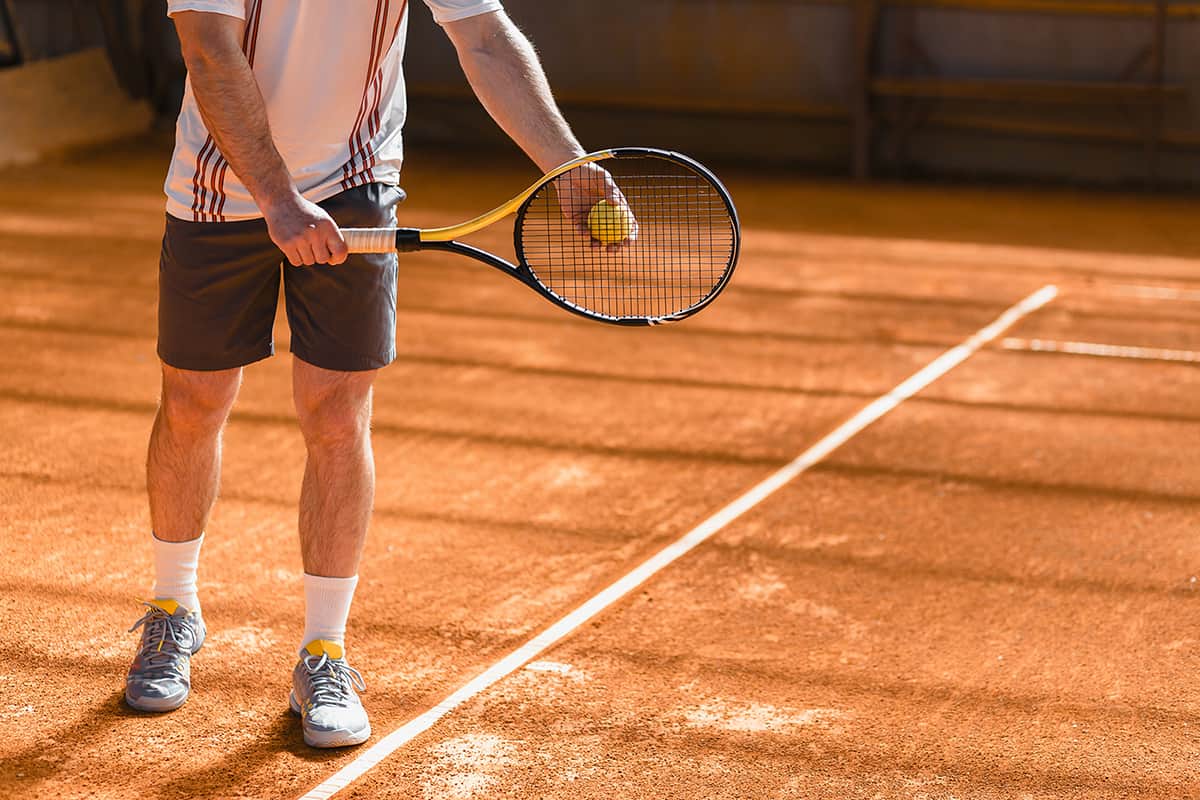How racquet sports players up their game

Pilates has become a part of many of the top sportspersons’ training regimes. But why is it to so popular among players of racquet sports? This blog discusses the bio mechanism of your body in these sports and how Pilates helps improve your game.
We watch in awe as Roger Federer hits his signature backhand slice and wonder how he does it with so much precision every single time. What sets a professional sportsperson apart from an amateur is their extensive training off-court with trainers who understand the anatomy of the body. The form, the strength, the accuracy all come with understanding where the momentum is generated for any sports move.
When the player takes a swing with his racquet at the ball (or the shuttlecock, depending on the sport) what we see is an arm movement, starting from the shoulder, the transfer of weight as they run to take a shot. These functions are end results of a kinetic chain of activities, all originating from the core.
The core of the training regime
The “core” is where the centre of gravity is located and where movement begins. The musculoskeletal core of the body includes the spine, the hips, the pelvis, the proximal lower limb and abdominal structures. The roof of the core muscle structures is the diaphragm. At the opposite end of the trunk component of the core are the pelvic floor muscles. These muscles of the trunk and pelvis are responsible for the maintenance of the stability of the spine and are critical for the transfer of energy from large to small body parts during sporting activities.
Any racquet sport, be it badminton, squash, tennis, etc. require the athlete to generate power at different ranges of motion. And this power comes from core stability, on which all Pilates workouts are based. Strengthening the core muscles and providing stability to the core is the first step in training for anyone, be it a professional sportsperson or an amateur.
Core muscle activation is used to generate rotational torques around the spine and provide stiffness to the entire central mass, making a rigid cylinder around which rotation can occur and against which stabilizing muscles can contract. The muscles need to fire in synchronisation, as one group of muscles contracts, the opposite set needs to lengthen to provide control. This all requires a strong core.
Apart from core stability, the movements in these sports require:
-
Shoulder scapular stability:
The shoulder is a complex mechanical structure containing several joints connecting the humerus, the scapula, the clavicle and the sternum. The scapula slides over the dorsal part of the thorax. It is a closed chain mechanism. The scapular-motion strongly affects the “mechanical energy” delivered by muscles and the “metabolic cost” required to obtain the desired force in arm functions, like swinging a racquet.
Exercise for shoulder scapular stability: Kneeling Abdominals on the Reformer
-
Lumbar pelvic stability:
The pelvic girdle is a complex ring of joints, ligaments, and muscles. The three main bones of this region, two ilia and the sacrum, meet together to form three joints which have very broad-based surfaces that allow them to have some movement and transfer large loads placed on the joints during activity. In order for the hips bones to have some movement between one another when we walk, bend, run, jump and move the way we do, they have to have an outside force to stabilize them. This stabilizing force is made up of the ligaments and muscles that control the amount of movement. Stabilization by the muscles is provided by the central core muscle groups. These muscles help the player to run on the court and move swiftly. Consequently, a strong lumbar-pelvic region reduces the strain on the knee and ankle during impact.
Exercise for Lumbar-pelvic stability: Leg Work on the Tower
-
Spinal mobility:
Our spine can be divided into the cervical, thoracic, lumbar and sacral spine. The vertebrae of the spine, hold our body up. The motions required in tennis or squash include repeated flexion, extension, lateral flexion, and rotation of the spine. Thus, mobilising the spine while training is essential to avoid injuries in the high demand atmosphere of the game.
Exercise for Spinal Mobility: Water Skier
Pilates exercises will make your body stronger and indirectly, your game better. Most importantly, having a strong core and muscles can help you avoid injuries. Most injuries are caused by overuse of certain set of muscles and joints. In fact, those who play for recreation are more prone to injuries. They don’t train before the game and their muscles are not ready for the impact.
Andy Murray, the British tennis player discovered Pilates after his back injury and swears by its power to heal and regain strength. Camille Serme, French No.1 and No.3 in the world is a professional Squash player who vouches for Pilates as #goodforsquash. Another Brit, Alison Waters, who is a professional squash player practices Pilates religiously too. So, whether you play racquet sports professionally or for recreation, you need to train your muscles outside the court for really enjoying the game, injury-free.
Read about how Pilates helped an ultra-marathoner stay injury-free.

Comments
It is in reality a great and helpful piece of information. I am happy that you simply shared this helpful info with us. Please keep us informed like this. Thank you for sharing.